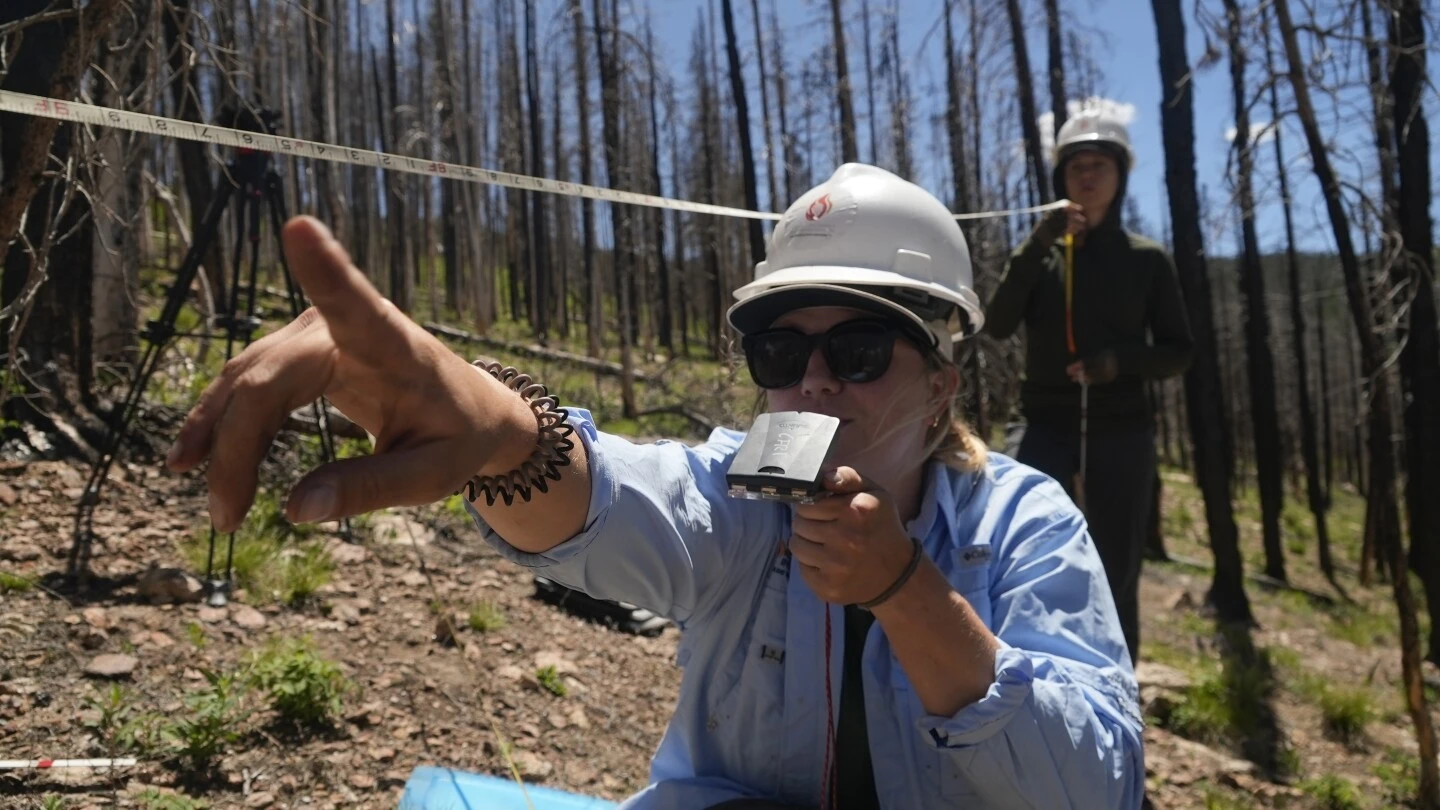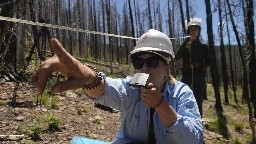Takeaways on AP's story about challenges to forest recovery and replanting after wildfires
Takeaways on AP's story about challenges to forest recovery and replanting after wildfires

Takeaways on AP's story about challenges to forest recovery and replanting after wildfires

“Let’s not do the old plant-and-pray” method, said Hurteau. “Let’s plant where we know that their chance of survival is quite high.”
Forest Service rules generally require planting the same species at the same elevations as before a fire, but the agency will “need to be flexible moving forward,” said Jason Sieg, acting supervisor of the Arapaho and Roosevelt National Forests & Pawnee National Grassland.
This is important. Finding suitable places to plant the trees can make a big difference in the survival rate. Trying to force plants to grow in a pre-determined location, regardless of current environmental conditions, is basically what industrial agriculture is doing (and using huge quantities of water and fertiliser in order to sustain).
For now, that might mean replanting at different elevations or collecting seeds from another location. Eventually, researchers say it could require planting species not found in an area originally — an option many have resisted.
“I’ve seen people go from saying, ‘Absolutely, we cannot move trees around’ to, ‘Well, maybe let’s try it at least, and do a few experiments to see if this will work,’” said Camille Stevens-Rumann, interim director at the Colorado Forest Restoration Institute.
“We need to start being creative if we want trees on our landscapes,” she said. “We’re in a place of such drastic climate change that we are not talking about whether or not some of these places will be a different kind of forest, but whether or not they will be forests at all.”
In desperate situations, when the goal is simply to get some type of forest growing back in a particular location, then it's important to choose "the best trees for the job" regardless of where they come from. Usually those will be native species, but not necessarily, especially in very disturbed ecosystems and those severely affected by climate change. If foreign trees aren't likely to pose a threat, then we mustn't discriminate against them; that would be the plant equivalent of speciesism and xenophobia. (If farmers discriminated in such a way, then there would be no peaches in North America, no tomatoes in Europe, no watermelons in Asia, and so on.)
